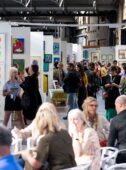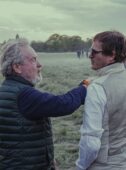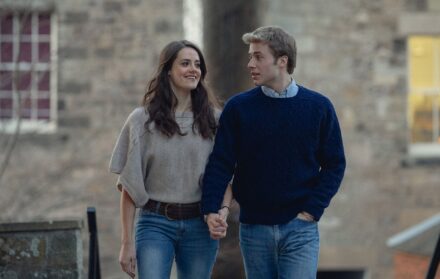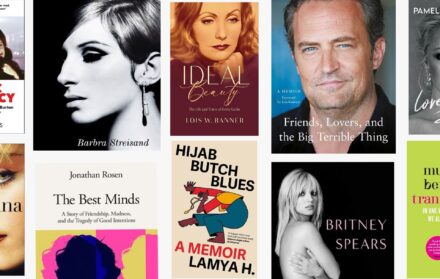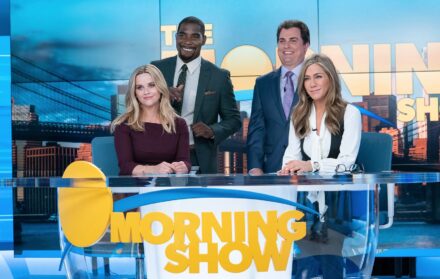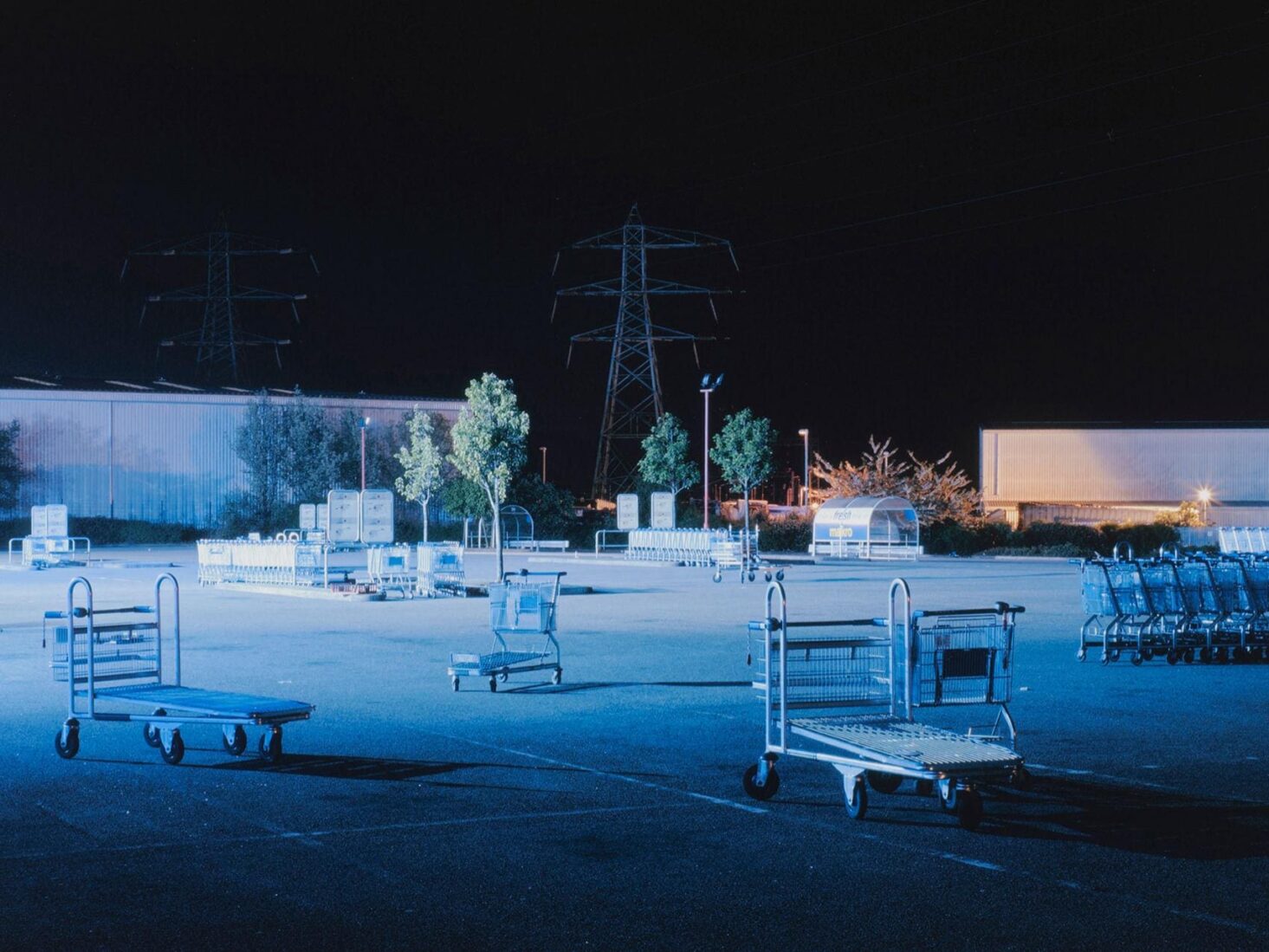
The Museum of London Captures the Capital at Night
"Whether it’s central London or suburbia, this exhibition will explore the dark corners of the city, from the magnificent to the mundane”
The Museum of London’s London Nights exhibition explores “the ambience, activities and emotions one might encounter after dark”, through contemporary and historic photographs, from the 19th century up to the present day. Anna Sparham, the museum’s curator of photography, says the show “will capture and depict a range of interpretations of this capital city after dark. Using the museum’s broad collection of photography as a starting point, together with fantastic loans, we aim to showcase the city transformed in the glow of the night. Whether it’s central London or suburbia, this exhibition will explore the dark corners of the city, from the magnificent to the mundane”.
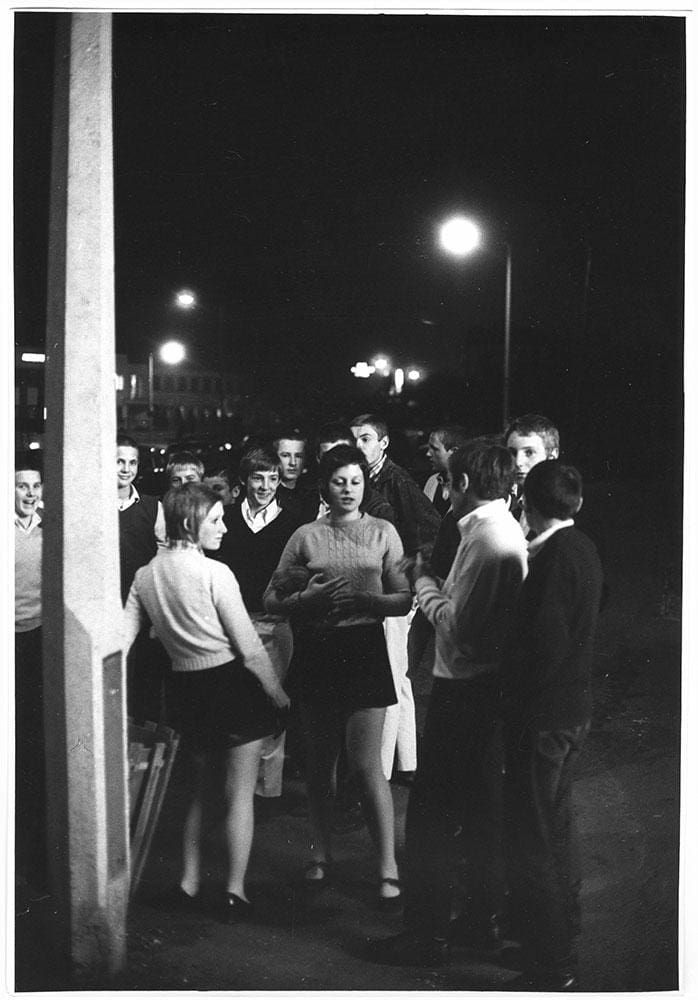
London Nights begins its nocturnal tale in Victorian times, an era synonymous with the macabre. With photography in its infancy, some of the creepiest after-dark descriptions of London at this time were to be found in the novels of Charles Dickens. He had much in common with the social reformers of the day, who abhorred the city at night and believed that innocent souls were lured to their doom down its dimly-lit streets and alleyways. Henry Mayhew’s London Labour and the London Poor, written in 1851, contained passages as vividly descriptive as those of Dickens.
With the advent of film and the moving image, the enduring idea of the capital as a place where bad things happen after dark was quickly translated to the big screen, perhaps most notably by Alfred Hitchcock in his classic silent film The Lodger (1927), with its shadows, fog and gas lights. (The Lodger also features in a complementary mini-film season at the Barbican, along with Julien Temple’s Absolute Beginners (1986), which shines a spotlight on Notting Hill’s night scene in the late 1950s).
By 1938, however, Bill Brandt’s photographic book A Night in London was projecting images of a new “electric city”. The introduction hymns Brandt’s photos of “floodlit attics and towers, oiled roadways shining like enamel under the street lights and headlights, the bright lacquer and shining metals of motorcars, illuminated signs….” Of course, his photography would take on a graver tone over the following years, when he documented the city during the Second World War, including East Enders forced to take to the rat-infested tunnels of the London Underground during the Blitz in 1940.
Today, modern London imagery tends to focus on the city as a place of fun, riverside restaurants and wine bars, along with West End theatres churning out the same over-priced musical pap they have been showing for the past decade. The Edwardians did it better – among the most familiar neon-lit landmarks to feature in the exhibition is American photographer Alvin Langdon Coburn’s glistening study from 1909 of the Empire theatre in Leicester Square. Today we know it as a nine-screen state-of-the-art cinema, but back then it was the Empire Theatre of Varieties, a music hall with seating for 3,000.
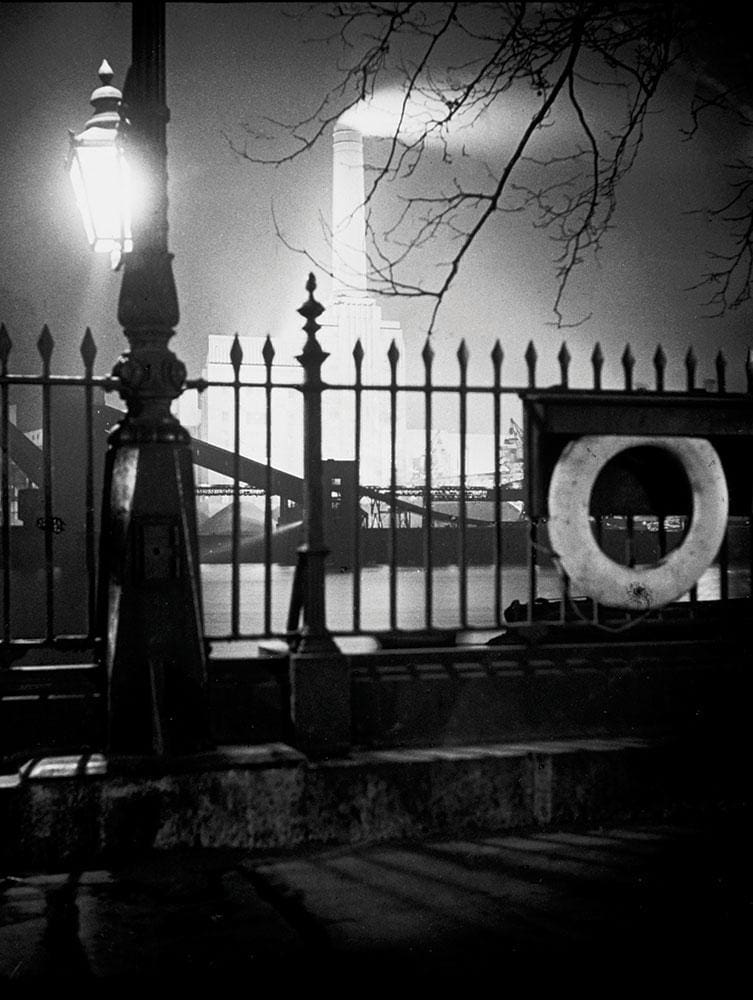
In the 1960s, London was, for some at least, ‘swinging’, and ex-RAF fighter pilot Terry Spencer was one of several snappers who caught the youthful mood, capturing definitive images of mods and skinheads.
The grimmer side of town is a relentless draw for photographers. William Eckersley’s Dark City series of nocturnal studies reflects on London’s empty corners – the unsettling spots away from the 24-hour Tesco, the city-that- never-sleeps clubs and the snug terraces where, whatever time of night it is, there’s always the reassuring sound of a taxi rattling up to drop someone off at their front door. In Eckersley’s photos the lights are often on, but nobody’s home. This is London, the scary ghost city – it’s not the one envisaged by the bland tourist brochures, but it’s infinitely more appealing to the imagination.
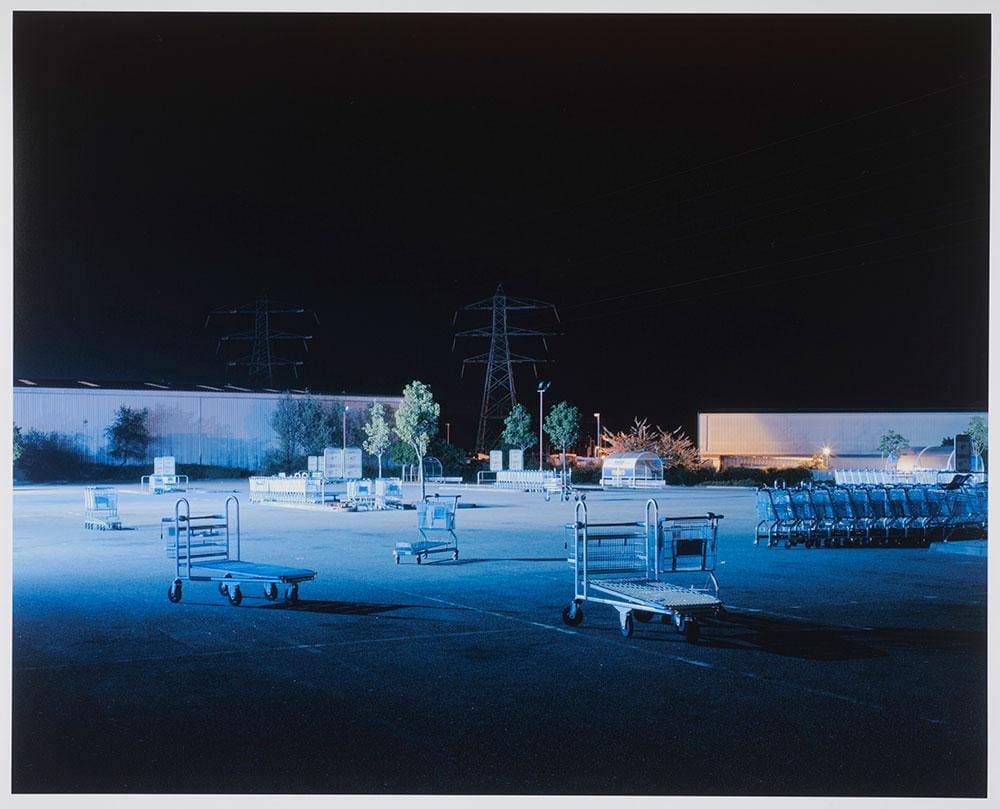
Until 11 November, Museum of London, London Wall, EC2Y, museumoflondon.org.uk; Film screenings, from £10.50, Barbican Centre, Silk Street, EC2Y, barbican.org.uk

